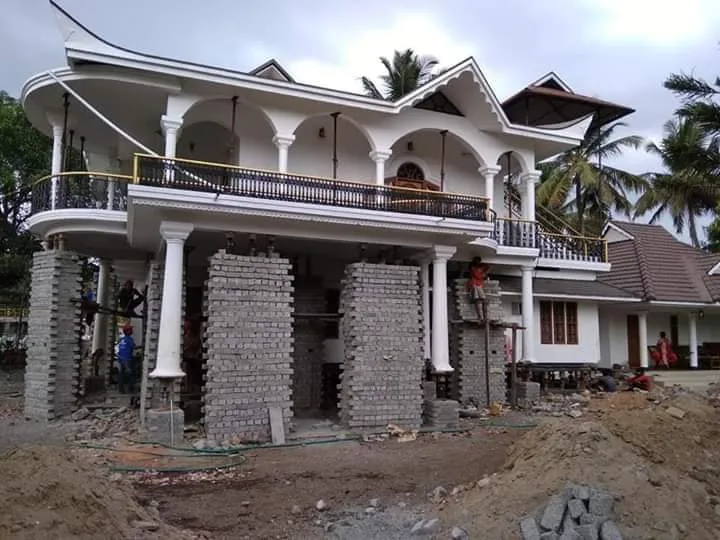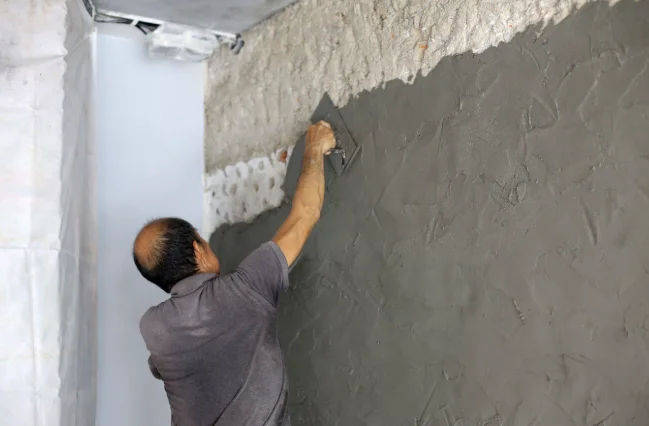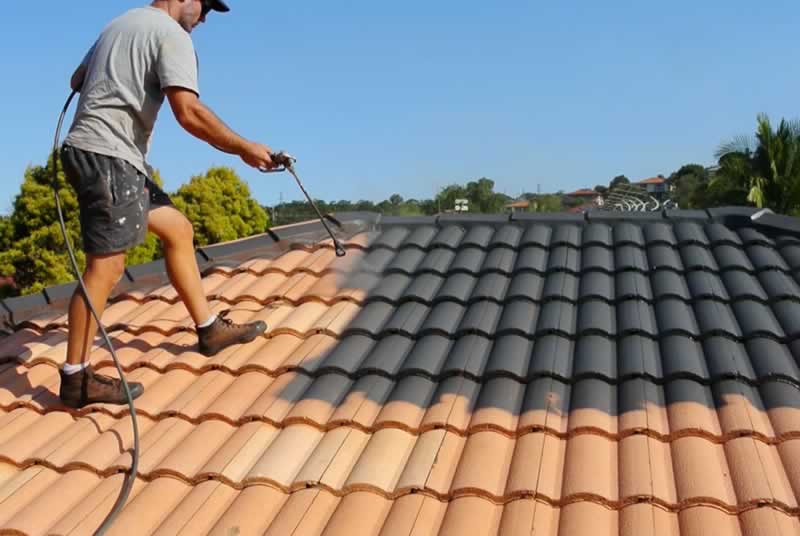House Lifting Made Easy: Steps, Costs, and Expert Tips for a Safe
House lifting, or raising, is an essential solution for homeowners seeking to protect their properties from flooding, address foundational issues, or add living space. While the process may seem complex, understanding the key steps, costs, and expert tips can simplify and streamline the experience. Here’s an in-depth guide to making house lifting safer and more accessible.
Why House Lifting?
- Flood Protection: Elevating your home can safeguard it from flooding, especially in areas prone to rising water levels. This preventive measure reduces the risk of water damage, offering peace of mind during adverse weather conditions.
- Foundation Repair: Lifting a house allows access to its foundation for necessary repairs or replacements. This process can address structural weaknesses, ensuring long-term stability and durability.
- Additional Space: By raising your home, you can create additional living space beneath it, such as a basement or ground floor, enhancing the functionality and value of your property.
Key Steps in House Lifting
- Initial Assessment and Planning: Begin with a comprehensive assessment by a structural engineer to evaluate the current state of your home and foundation. This evaluation informs the project’s feasibility and planning requirements.
- Securing Permits: Compliance with local building codes and regulations is essential. Obtain necessary permits from your local authorities to ensure the project is legal and meets safety standards.
- Selecting Qualified Professionals: Hire experienced contractors specializing in house lifting in Auckland. Verify their credentials, check references, and ensure they have a history of successful projects. Skilled professionals are crucial for a safe and efficient lift.
- Preparation Work: Before lifting, clear the surrounding area and disconnect utilities such as water, electricity, and gas. Proper preparation ensures safety and facilitates the lifting process.
- The Lifting Processa. Excavation and Setting Beams
- Contractors excavate around the foundation to make room for hydraulic jacks and support beams. Steel beams are strategically placed to evenly distribute the house’s weight.
- Using hydraulic jacks, the house is gradually lifted to the desired height. This meticulous process is conducted slowly to prevent structural damage and ensure safety.
- Foundation Modification: Once the house is elevated, the foundation is repaired, reinforced, or replaced. This step is crucial to support the newly raised structure, enhancing stability and longevity.
- Lowering and Finishing Touches: After foundation work, the house is carefully lowered onto the new support system. Contractors reconnect utilities and address any necessary modifications to stairs, porches, or landscaping.
Costs of House Lifting
The cost of house lifting varies based on factors like location, house size, and project complexity. On average, you can expect to spend between $30,000 and $100,000. Key cost components include:
- Permits and Inspections: Fees for local permits and mandatory inspections.
- Labor Costs: Payments to contractors, engineers, and specialists.
- Materials: Expenses for new foundations, beams, and finishing materials.
- Additional Modifications: Costs for adjustments to utilities and exterior features.
Expert Tips for a Safe House Lifting
- Prioritize Safety: Ensure all safety standards and guidelines are meticulously followed. Safety inspections during and after the process are crucial for preventing accidents.
- Clear Communication: Maintain open dialogues with your contractors and engineers. Regular updates and discussions help prevent misunderstandings and keep the project on track.
- Budget for Contingencies: Allocate funds for unexpected expenses or delays. A financial cushion can ease stress and ensure smooth project progression.
- Insurance Considerations: Review your insurance policy to understand coverage during the lifting process. Consider additional insurance if needed to safeguard your investment.
- Prepare for Future Needs: Design your new foundation with potential future modifications in mind, such as additional space or landscaping changes.
- Post-Lift Inspection: Hire an independent inspector to assess the final work. This helps ensure compliance with building codes and minimizes future risks.
Conclusion
House lifting may seem challenging, but with careful planning and the right expertise, it can be accomplished smoothly. By addressing necessary steps, budgeting appropriately, and following expert tips, you can achieve a safe and successful house lift. Investing in professional help not only protects your home but also enhances its value and functionality, making house lifting a worthwhile endeavor.








Post Comment